In the vibrant world of gardening, where every plant tells a story, the battle against pests is a chapter many of us know all too well. Whether you’re just planting your first seed or have seasoned hands, the quest for a safe, effective solution to protect your green sanctuary is universal. Organic pesticides offer a sustainable answer, allowing you to defend your garden without compromising the health of your ecosystem. Embracing these natural solutions not only protects your plants but also nurtures the environment, fostering a thriving garden that flourishes in harmony with nature.
For those stepping into the world of organic gardening, creating your own pesticide might seem daunting at first glance. But fear not, as the process is both straightforward and immensely rewarding, transforming simple household ingredients into powerful allies. Even experienced gardeners will find delight in the creativity and control that homemade pesticides bring. In this article, you will discover how to harness nature’s own defenses, crafting blends tailored to your garden’s specific needs and learning the art of prevention and protection.
Get ready to dive into a world where garlic, vinegar, and even a sprinkle of soap can work wonders. You’ll explore recipes and techniques that not only tackle common pests but also enhance your gardening skills, making your garden a testament to eco-friendly practices. By the end, you’ll be equipped with the knowledge and confidence to create your own organic pesticide, ensuring your garden remains a lush, thriving oasis. Let’s embark on this journey together, turning pest management into an empowering and enriching part of your gardening experience.
Gather Natural Ingredients
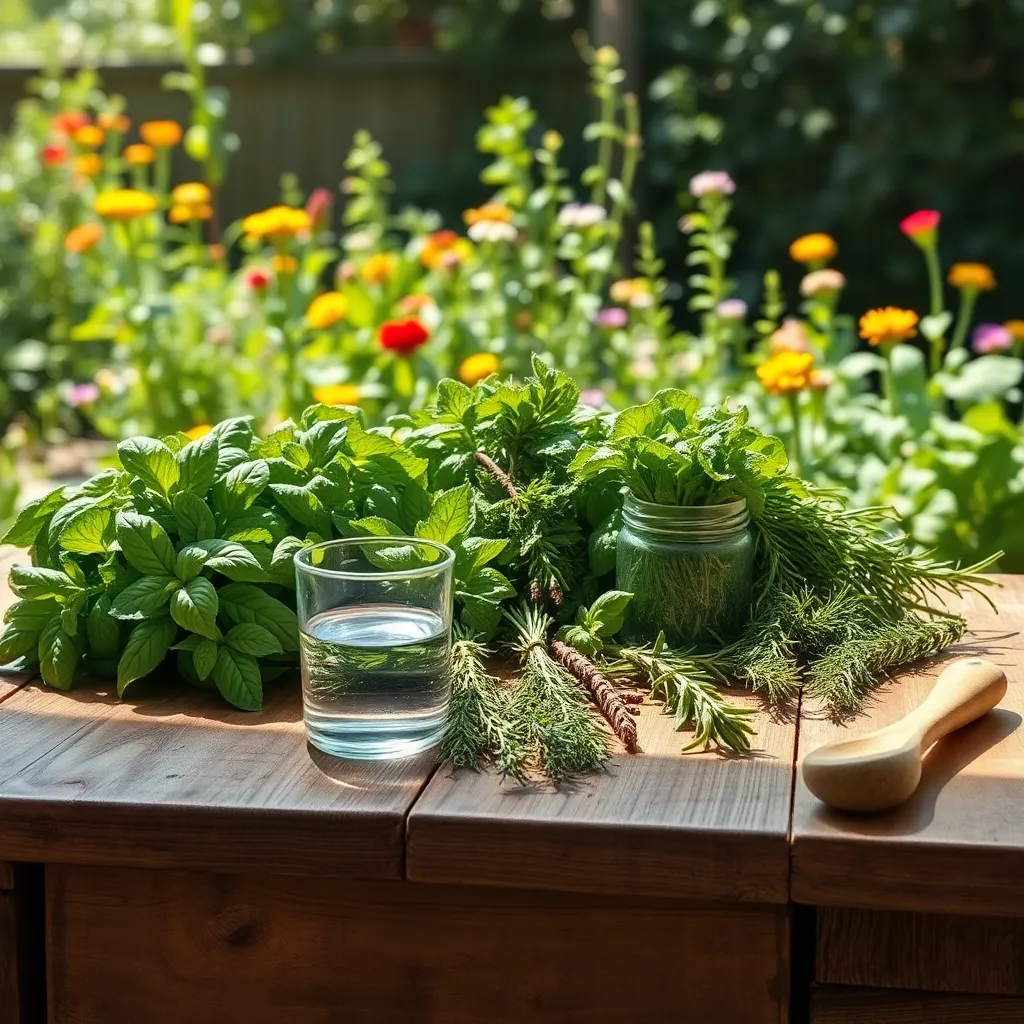
To craft an effective organic pesticide, begin by gathering natural ingredients known for their pest-repelling properties. Garlic, neem oil, and hot peppers are excellent choices due to their natural chemical compounds that deter pests.
Look for these ingredients in your kitchen or local garden center to save time and money. If you’re growing your own garlic or peppers, ensure they are healthy by providing them with well-drained soil and full sunlight for optimal growth.
For those with more experience, consider incorporating other potent ingredients like diatomaceous earth or castile soap. These elements can enhance your pesticide’s effectiveness while remaining safe for plants and beneficial insects.
Remember, the quality of your ingredients directly affects the potency of your pesticide. Fresh, organic ingredients tend to have higher concentrations of active compounds, making your homemade solution more effective in protecting your plants.
Prepare a Mixing Solution
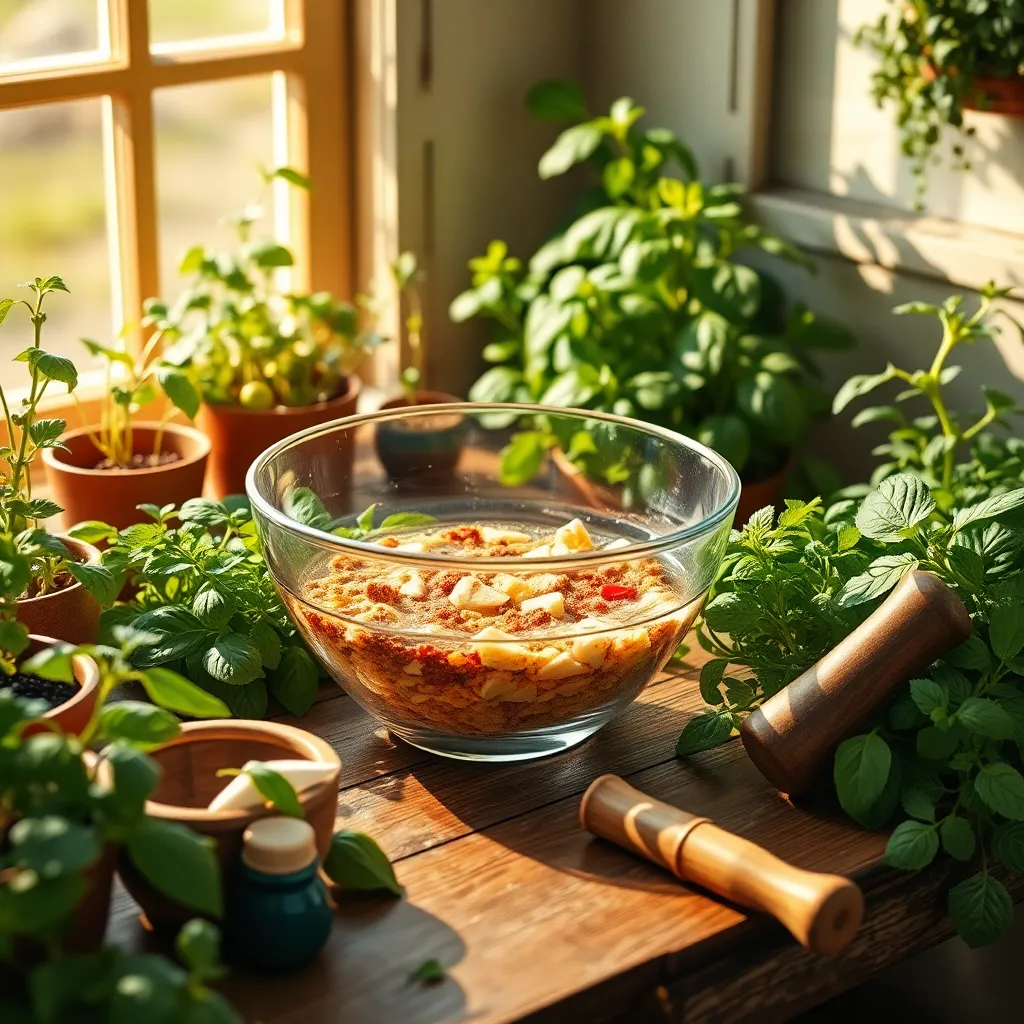
Once you have gathered your natural ingredients, the next step is to prepare a mixing solution. This solution acts as the base that will carry your organic pesticide ingredients, ensuring they can be easily applied to your plants.
Start by filling a large container or bucket with water; rainwater is ideal because it is free of chemicals found in tap water. Use water that is at room temperature, as cold water can shock the beneficial microbes in your organic mixture.
For beginners, using a gallon of water is a good starting point, while more experienced gardeners may scale up the quantity based on their garden size. It’s important to use a clean container to avoid introducing any unwanted chemicals or residues into your solution.
Next, add a few drops of a natural surfactant, such as liquid castile soap, to the water. This helps the pesticide adhere to plant leaves better, increasing its effectiveness in combating pests.
To enhance the potency of your organic pesticide, consider steeping a handful of chopped garlic or hot peppers in the water for several hours. These ingredients release natural compounds that deter many common garden pests, providing an added layer of protection.
Finally, strain the mixture through a fine mesh or cheesecloth to remove any solid particles before transferring it to a spray bottle. Using a fine mist setting on your spray bottle will ensure even coverage on your plants, which is crucial for effective pest control.
Combine Ingredients Thoroughly
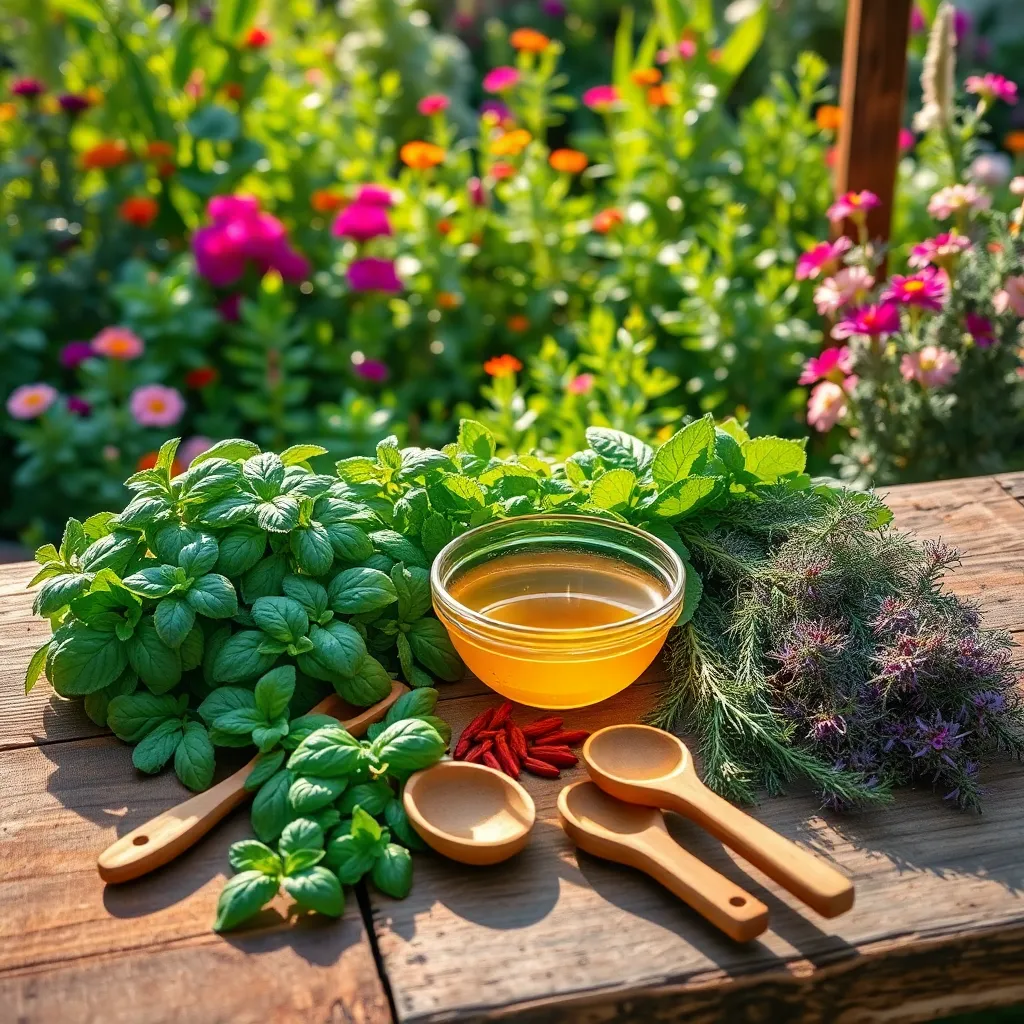
Once you have your mixing solution ready, it’s time to combine the ingredients thoroughly. Use a clean, large container to ensure ample space for mixing without spilling.
Pour the prepared mixing solution into the container, followed by your organic pesticide ingredients, such as neem oil or garlic extract. Stir the mixture slowly and steadily to ensure all components are evenly distributed throughout the solution.
Avoid using metal utensils, as certain metals can react with organic compounds and reduce the effectiveness of your pesticide. Wooden or plastic stirring sticks are ideal tools for this task, providing a gentle yet effective method of mixing.
For optimal results, continue stirring for at least five minutes, ensuring that the consistency is uniform. This thorough blending helps each ingredient fulfill its role in repelling pests naturally and effectively.
If you’re up for an advanced tip, consider using a small, handheld blender to achieve a more homogenous mixture. This method can break down any larger particles, making the pesticide more effective when applied to plants.
Strain and Filter Mixture
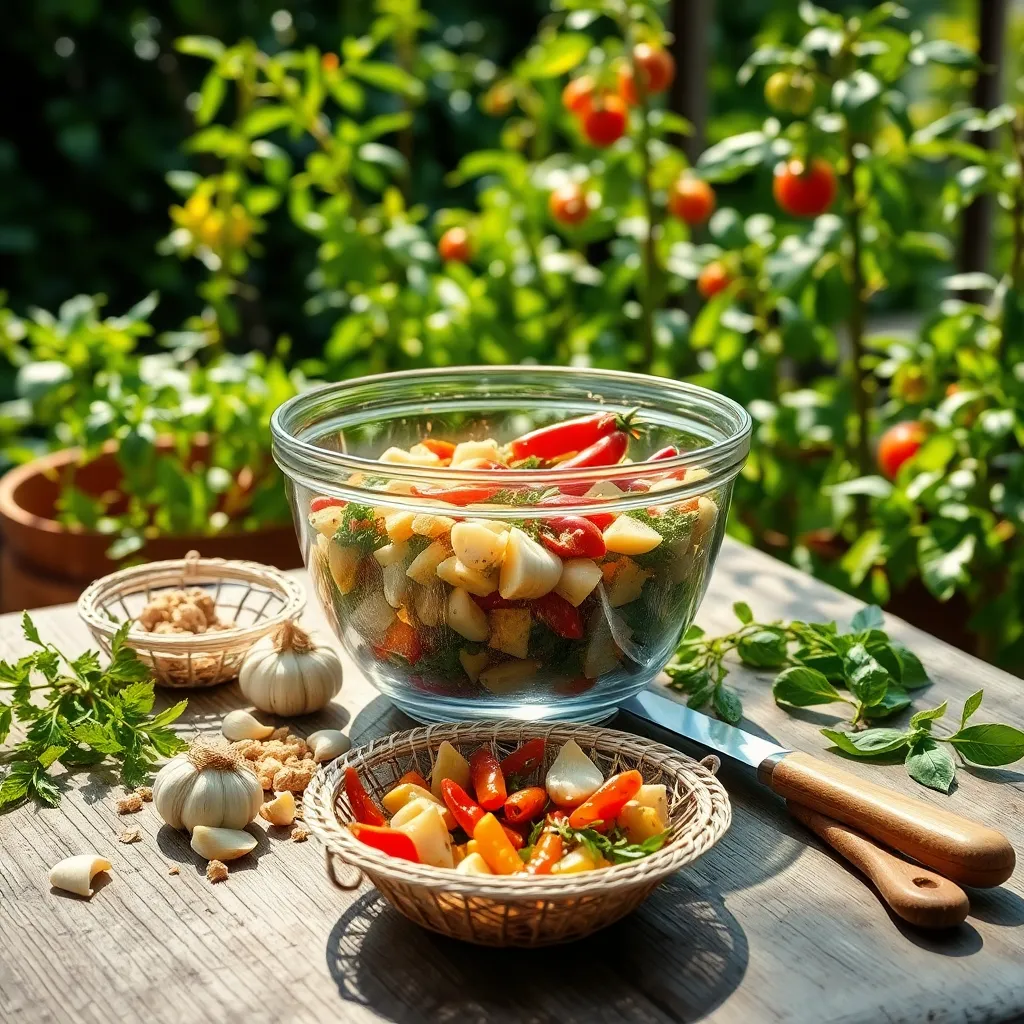
After thoroughly combining your ingredients, it’s crucial to strain the mixture to remove any solid particles. This ensures that the organic pesticide can be easily applied without clogging any sprayers or nozzles.
Use a fine-mesh strainer or cheesecloth to filter the liquid, capturing all larger particles effectively. This step is vital as it helps maintain an even distribution when applying the pesticide to your plants.
Once strained, pour the liquid into a clean spray bottle or garden sprayer for easy application. Ensure your container is free from residues from any previous chemicals to maintain the organic integrity of your pesticide.
For best results, apply the filtered pesticide during the early morning or late afternoon. This practice helps prevent rapid evaporation and ensures that the pesticide remains effective longer on plant surfaces.
Store in a Spray Bottle
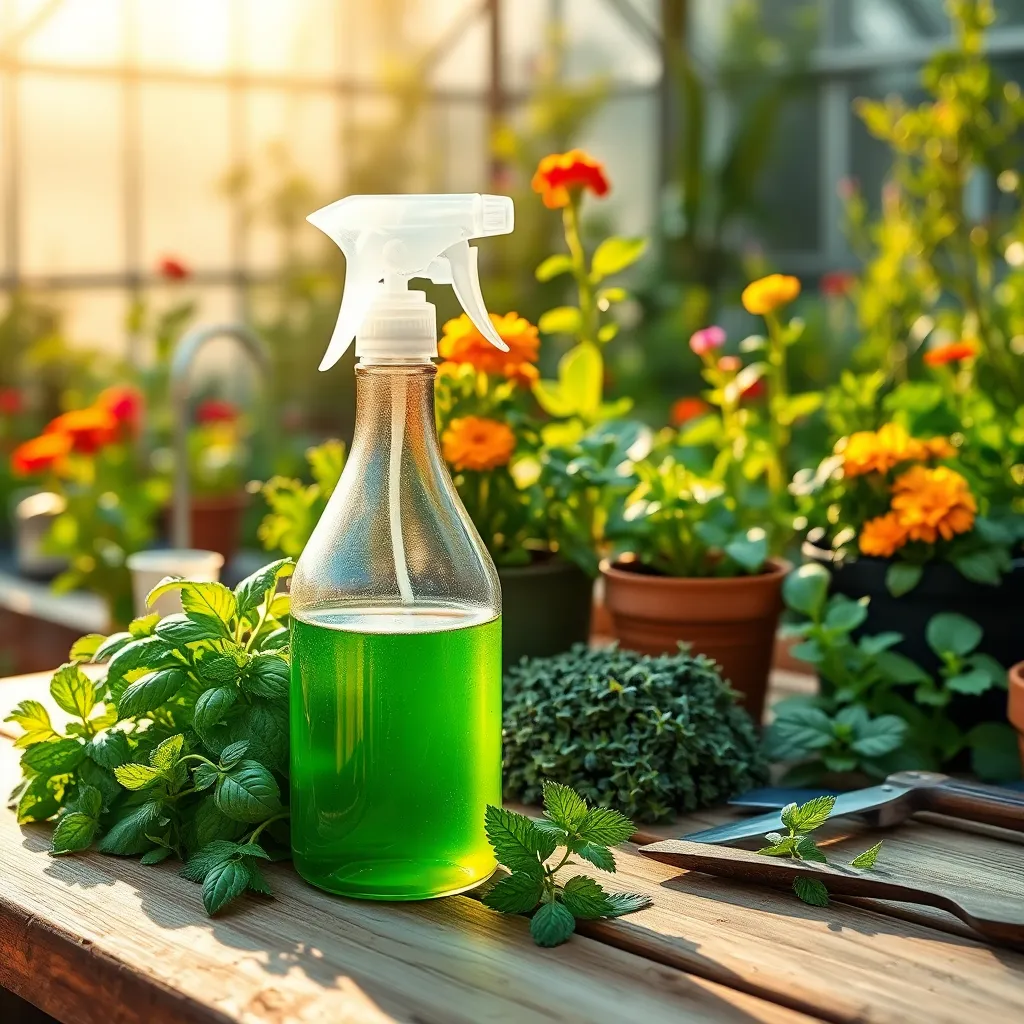
Once your organic pesticide mixture is strained and filtered, it’s crucial to store it properly for effective use. Transfer the liquid into a clean spray bottle to ensure convenient application on your plants.
Choose a spray bottle with an adjustable nozzle to control the spray pattern. This allows you to target specific areas of your plants with precision, minimizing waste and avoiding damage to beneficial insects.
Before storing, label the spray bottle with the date and contents to keep track of freshness. Organic pesticides typically have a shorter shelf life, so aim to use your mixture within one to two weeks for maximum effectiveness.
For optimal results, store the spray bottle in a cool, dark place away from direct sunlight. Exposure to heat and light can degrade the active ingredients, reducing the pesticide’s efficacy.
Remember to rinse the spray bottle thoroughly with water before refilling or repurposing it. This prevents any residue from altering the effectiveness of future mixtures or harming your plants.
Conclusion: Growing Success with These Plants
In the journey of nurturing your relationship, understanding the art of communication, trust-building, emotional support, setting boundaries, and shared goals is paramount. These five key concepts form the foundation of a thriving partnership. Communication allows you to express and listen with empathy, while trust anchors your connection with reliability and honesty. Emotional support provides the comfort of knowing you are not alone, and establishing boundaries ensures mutual respect and personal space. Finally, shared goals align your paths towards a unified future.
Now, take a moment to reflect on these concepts and identify one area where you and your partner can grow together. Perhaps it’s setting aside time each week for a heartfelt conversation or re-evaluating shared goals for the upcoming year. As you embark on this journey, remember to bookmark this article as a handy guide to revisit these principles and track your progress.
Looking ahead, by integrating these concepts into your relationship, you’re not just preserving what you have but actively nurturing a partnership that will flourish. Embrace this opportunity to transform your relationship into one of resilience and deep connection. Save this article, and let it be a beacon toward a successful, enduring partnership.

